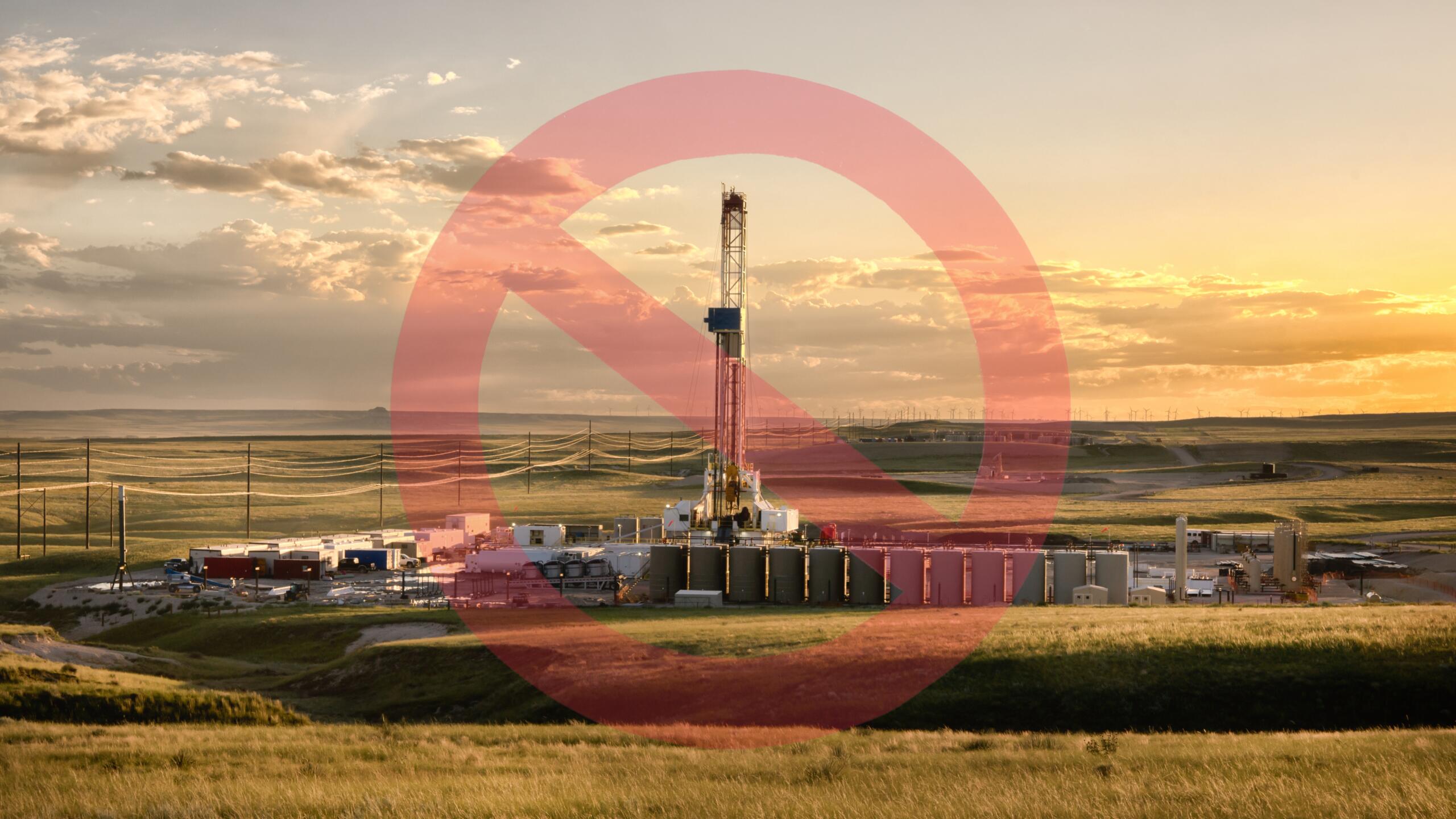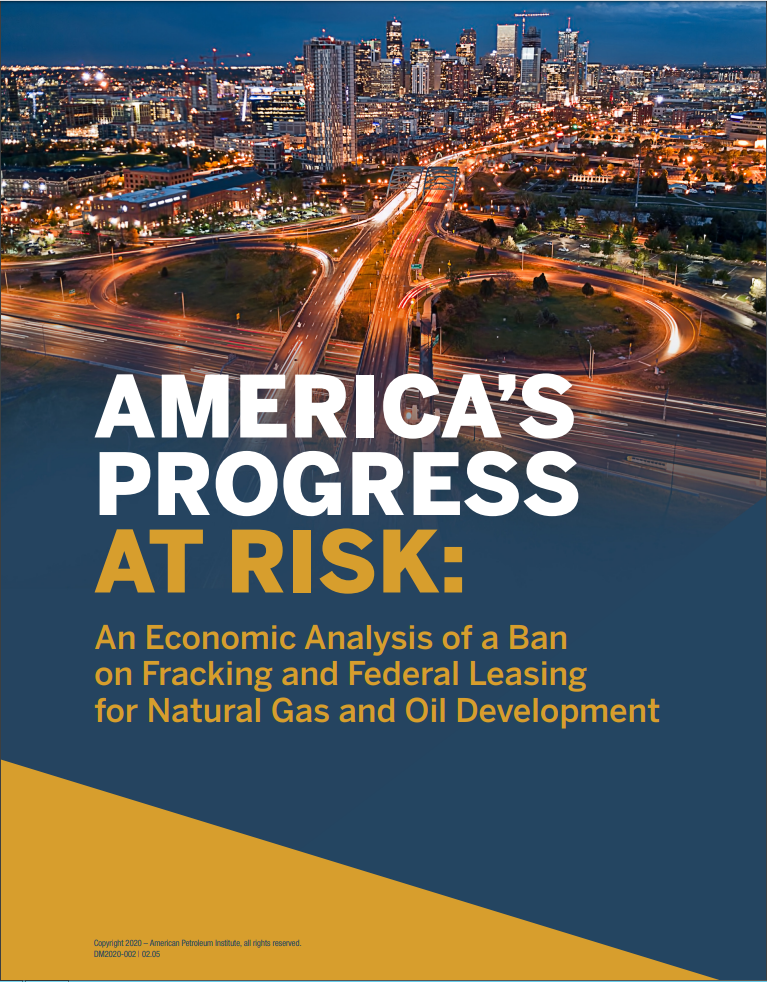
What if… Fracking was banned?
Recently, there have been calls for a ban on U.S. oil and natural gas production using hydraulic fracturing (also known as “fracking”), and several states have passed laws banning its use. To investigate such a policy initiative, the American Petroleum Institute (API) turned to OnLocation to provide quantitative modeling and analysis to determine the impacts of an outright ban on fracking. API chose OnLocation because of its reputation for respected and timely analysis of this nature.
OnLocation worked with API to develop the methodology used in API’s recently released study, “America’s Progress at Risk: An Economic Analysis of a Ban on Fracking and Federal Leasing for Natural Gas and Oil Development.” To conduct the study, OnLocation created a customized version of the U.S. Energy Information Administration’s National Energy Modeling System, which is a trusted integrated energy model for conducting energy projections and policy analysis. Assumptions related to a “No Fracking” scenario were input into the customized NF-NEMS model which was used to analyze potential impacts on U.S. economic output, employment, energy prices, and oil and natural gas imports.
Far-reaching policies such as an outright ban on fracking, if implemented as starkly as often stated, can have large-scale impacts. “You can’t eliminate the very technology that has enabled the American energy revolution without damaging economic consequences,” said Lessly Goudarzi, founder and CEO of OnLocation, Inc. “As our analysis shows, assuming a full ban on fracking would threaten a U.S. recession and force American consumers to rely more on foreign energy rather than energy produced here in the U.S.”
Specifically, OnLocation’s work supported the following key findings in the event that an outright ban on fracking were to be imposed:
 A GDP decline of $1.2 trillion and 7.5 million jobs lost by 2022, and an increase in the U.S. trade deficit by a cumulative $3.1 trillion by 2030, with the clear threat that a recession will occur.
A GDP decline of $1.2 trillion and 7.5 million jobs lost by 2022, and an increase in the U.S. trade deficit by a cumulative $3.1 trillion by 2030, with the clear threat that a recession will occur.- U.S. households could pay an average of $618 more per year on energy, with residential natural gas prices 58% higher and electricity prices 20% higher, as well as higher costs for other energy commodities.
- The U.S. would shift from being a net exporter of energy to a net importer, with oil import dependence rising to 40% by 2030, and natural gas import dependence rising to almost 30% by 2030.
The use of horizontal drilling and fracking has increased substantially over the decade and now accounts for more than 95 percent of U.S. natural gas and oil production. As a result, the immediate cessation of all fracking along with restricted access to Federal lands hypothesized in this scenario creates a dramatic shift in U.S. energy markets with significant economic consequences. As such, it likely represents an extreme scenario.
We recognize that the NF-NEMS model was pushed outside its general operating range given the extreme nature of the scenario assumptions. Despite these limitations, it is OnLocation’s view that the result of the “No Fracking” scenario is directionally correct and within the potential range of outcomes.

